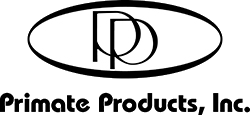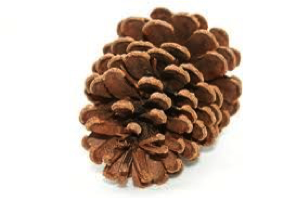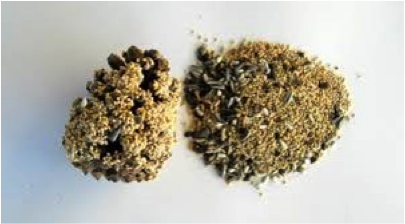Distribution and prevalence of malaria parasites among long-tailed macaques (Macaca fascicularis) in regional populations across Southeast Asia
Abstract
Background: Plasmodium knowlesi and Plasmodium cynomolgi are two malaria parasites naturally transmissible between humans and wild macaque through mosquito vectors, while Plasmodium inui can be experimentally trans‐ mitted from macaques to humans. One of their major natural hosts, the long-tailed macaque (Macaca fascicularis), is host to two other species of Plasmodium (Plasmodium fieldi and Plasmodium coatneyi) and is widely distributed in Southeast Asia. This study aims to determine the distribution of wild macaques infected with malarial parasites by examining samples derived from seven populations in five countries across Southeast Asia. Methods: Plasmodium knowlesi, P. cynomolgi, P. coatneyi, P. inui and P. fieldi, were detected using nested PCR assays in DNA samples from 276 wild-caught long-tailed macaques. These samples had been derived from macaques captured at seven locations, two each in the Philippines (n = 68) and Indonesia (n = 70), and one each in Cambodia (n = 54), Singapore (n = 40) and Laos (n = 44). The results were compared with previous studies of malaria parasites in long- tailed macaques from other locations in Southeast Asia. Fisher exact test and Chi square test were used to examine the geographic bias of the distribution of Plasmodium species in the macaque populations. Results: Out of 276 samples tested, 177 were Plasmodium-positive, with P. cynomolgi being the most common and widely distributed among all long-tailed macaque populations (53.3 %) and occurring in all populations examined, followed by P. coatneyi (20.4 %), P. inui (12.3 %), P. fieldi (3.4 %) and P. knowlesi (0.4 %). One P. knowlesi infection was detected in a macaque from Laos, representing the first documented case of P. knowlesi in wildlife in Laos. Chi square test showed three of the five parasites (P. knowlesi, P. coatneyi, P. cynomolgi) with significant bias in prevalence towards macaques from Malaysian Borneo, Cambodia, and Southern Sumatra, respectively. Conclusions: The prevalence of malaria parasites, including those that are transmissible to humans, varied among all sampled regional populations of long-tailed macaques in Southeast Asia. The new discovery of P. knowlesi infection in Laos, and the high prevalence of P. cynomolgi infections in wild macaques in general, indicate the strong need of public advocacy in related countries. Keywords: Plasmodium knowlesi, Plasmodium cynomolgi, Macaca fascicularis, Geographic distribution, Biased infection rate Read full article here: 2016_malaria-articleAuthors “Xinjun Zhang1 , Khamisah Abdul Kadir2 , Leslie Fabiola Quintanilla‑Zariñan1 , Jason Villano3 , Paul Houghton4 , Hongli Du5 , Balbir Singh2* and David Glenn Smith1*”

 Pine cones fall under the occupational and sensory categories of enrichment. They are a natural item that the NHPs can touch, smell, look at, and even destroy. They encourage fine motor movements, such as foraging, which allows for the animal to exhibit species typical and appropriate behaviors.
Pine cones fall under the occupational and sensory categories of enrichment. They are a natural item that the NHPs can touch, smell, look at, and even destroy. They encourage fine motor movements, such as foraging, which allows for the animal to exhibit species typical and appropriate behaviors. Pine cones can also be elevated in many ways, for example:
Pine cones can also be elevated in many ways, for example:
 PPI has operated Panther Tracks Learning Center, located approximately 22 miles southeast of Immokalee, FL and approximately 120 miles west-northwest of Miami, FL (at the northern edge of the Big Cypress Reserve) for over 15 years. The reasons PPI, and we assume other enterprises involved in breeding and housing nonhuman primates in this area, selected Hendry County as the site for our facility is based on three critical criteria:
PPI has operated Panther Tracks Learning Center, located approximately 22 miles southeast of Immokalee, FL and approximately 120 miles west-northwest of Miami, FL (at the northern edge of the Big Cypress Reserve) for over 15 years. The reasons PPI, and we assume other enterprises involved in breeding and housing nonhuman primates in this area, selected Hendry County as the site for our facility is based on three critical criteria:



